Posted October 2, 2025 by Tiffany Lee
In case you missed these stories highlighting research and creative activity at the University of Nebraska-Lincoln, the Office of Research and Innovation’s communications team has compiled a roundup of some top research stories from research.unl.edu and other sources.
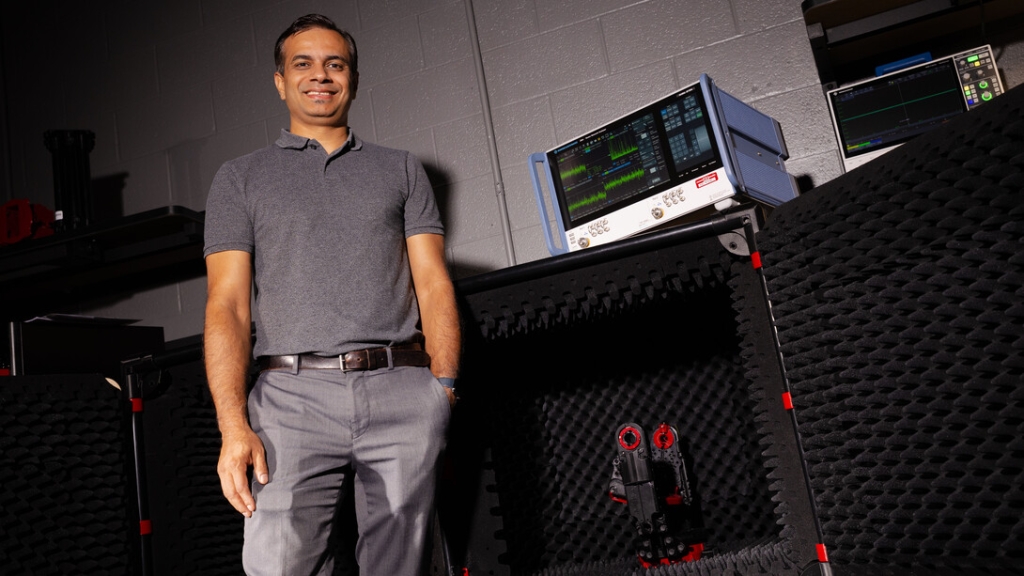
Husker engineer seeks paradigm shift in wireless communications
Who: Shubhendu Bhardwaj, associate professor of electrical and computer engineering
What: With a $550,000 grant from the National Science Foundation’s Faculty Early Career Development program, Bhardwaj will address spectrum scarcity in a groundbreaking way. Despite increasing demand for long-range wireless communication, a limiting factor of current technology is that only one channel can travel across any given frequency of the electromagnetic spectrum at a time. By developing specialized antennas that manipulate the spin and orbital angular momentum of electromagnetic waves, Bhardwaj will circumvent current technological restraints to allow multiple data streams to travel across the same frequency. This will allow more efficient use of the electromagnetic spectrum without using significant power. Bhardwaj will also improve the university’s engineering courses, relying on the input of industry leaders to better prepare students for the workforce.
“We need fundamental innovations that go above and beyond traditional compression methods,” Bhardwaj said. “This is an alternate, energy-efficient way of reusing the same frequency to allow higher data rates.”
Writer: Tiffany Lee, Office of Research and Innovation
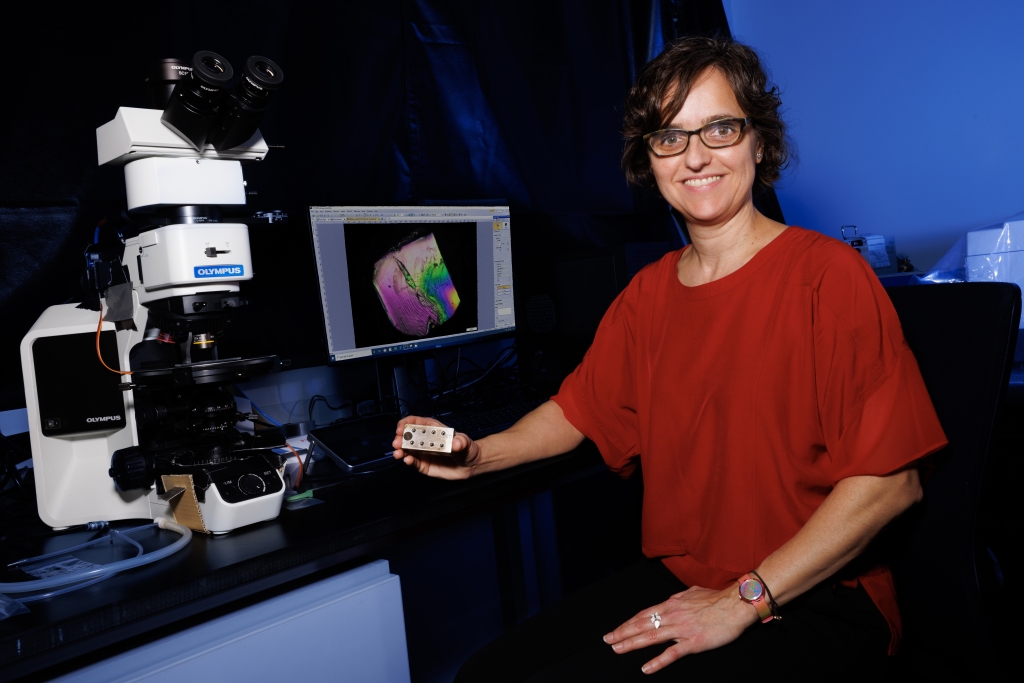
Husker engineer earns NSF award to study release of micro-, nanoplastics
Who: Lucia Fernandez-Ballester, assistant professor of mechanical and materials engineering
What: Fernandez-Ballester received a $739,205 grant from the National Science Foundation’s Faculty Early Career Development program to advance her research focused on understanding how micro- and nanoscale particles are released from plastics into the environment. In the past decade, concern has mounted over the link between plastic particles and health issues in humans and animals – but much remains unknown about how these substances enter the environment. Fernandez-Ballester aims to begin filling that gap, with the longer-term goal of designing plastics that have desirable mechanical properties and performance but minimize the release of micro- and nanoplastics. Fernandez-Ballester will also support elementary school teachers in becoming more confident in bringing STEM activities to their classrooms.
“Plastics have had a really big role in improving our quality of life. We need to use them, but we have to be very mindful of their impact,” Fernandez-Ballester said. “My project takes into account the entire life cycle of the polymers and to figure out the fundamentals of the polymer itself — ‘What is it about how we process them that affects how those plastics are released?’ — so that we can then make informed decisions about manufacturing and make safer materials.”
Writer: Karl Vogel, College of Engineering

‘KNEW’ partnership aims to fortify Nebraska’s early child care workforce
Who: Holly Hatton, associate professor of child, youth and family studies; Philip Lai, associate professor of communication disorders at the University of Nebraska at Kearney and a research affiliate at the Nebraska Center for Research on Children, Youth, Families and Schools
What: With funding from the U.S. Department of Education, Hatton is leading the UNL component of a workforce development program aimed at recruiting and retaining early childhood educators in Nebraska – particularly in rural communities, where the shortage of these providers is most severe. Lai leads the overall project, which also includes Nebraska Extension and Communities for Kids. The cross-campus team launched the Knowledge Network for Early Childhood Education Workforce, designed to increase the availability and quality of early childhood care and education in rural Nebraska. At UNL, Hatton works with Nebraska Extension’s Early Childhood team to develop personalized professional learning experiences, including training in emotional resilience, conflict resolution and reflective practice.
“When professional learning is rooted in compassion and supported by community, it creates lasting change,” Hatton said. “By helping educators care for themselves and each other, we’re building sustainable solutions to Nebraska’s child care challenges and fostering compassionate care that benefits children, families and communities.”
Writer: Chuck Green, Nebraska Center for Research on Children, Youth, Families and Schools
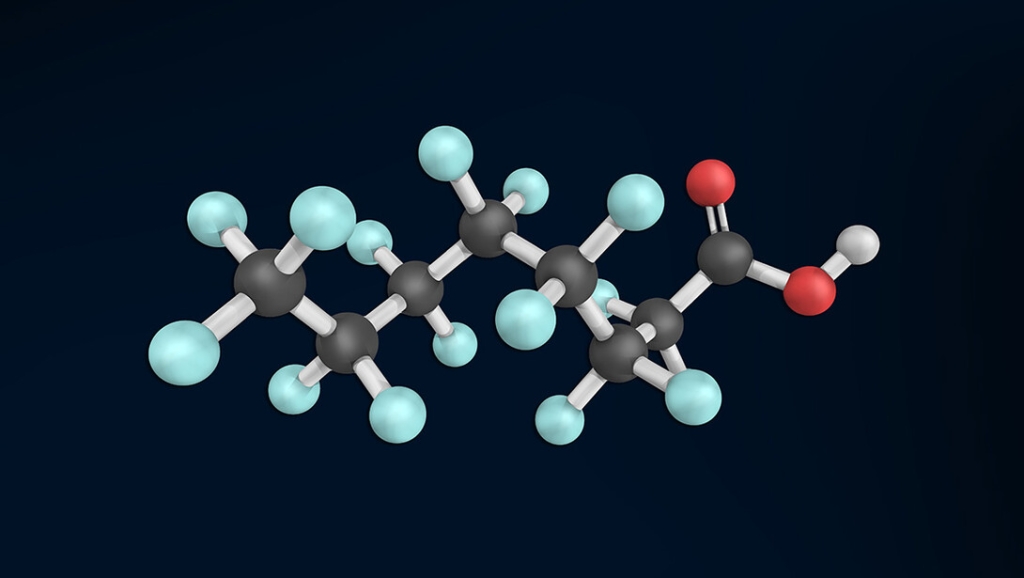
Team discovers potential bacterial solution to ‘forever’ chemicals
Who: Rajib Saha, Richard L. and Carol S. McNeel Associate Professor of chemical and biomolecular engineering; Nirupam Aich, Richard L. and Carol S. McNeel Associate Professor of civil and environmental engineering; Anika Azme, doctoral candidate in civil engineering; Mark Kathol, doctoral candidate in chemical and biomolecular engineering
What: Azme and Kathol, using a Layman Award and a Nebraska Collaboration Initiative Grant awarded to Aich and Saha, co-first authored a study that may hold crucial insights into solutions in the fight against forever chemicals. One group of these synthetic chemicals, PFAS, is a global concern because it contaminates soil and water with near permanency. Azme and Kathol’s study found that Rhodopseudomonas palustris, a common photosynthetic bacterium, can interact with one of the most stubborn PFAS chemicals, perfluorooctanoic acid. This finding contributes vital information that may eventually help scientists use naturally occurring microbes to help break down PFAS, which would result in lasting environmental benefits. The Aich and Saha labs are pursuing follow-up research focused on utilizing microbial engineering and synthetic biology to break down PFAS.
“This kind of collaboration is exactly what’s needed to address complex environmental challenges,” Aich said. “By bringing together microbiology, chemical engineering, and environmental analytical science, we’re gaining a more complete picture of how to tackle PFAS pollution with biological tools.”
Writer: College of Engineering
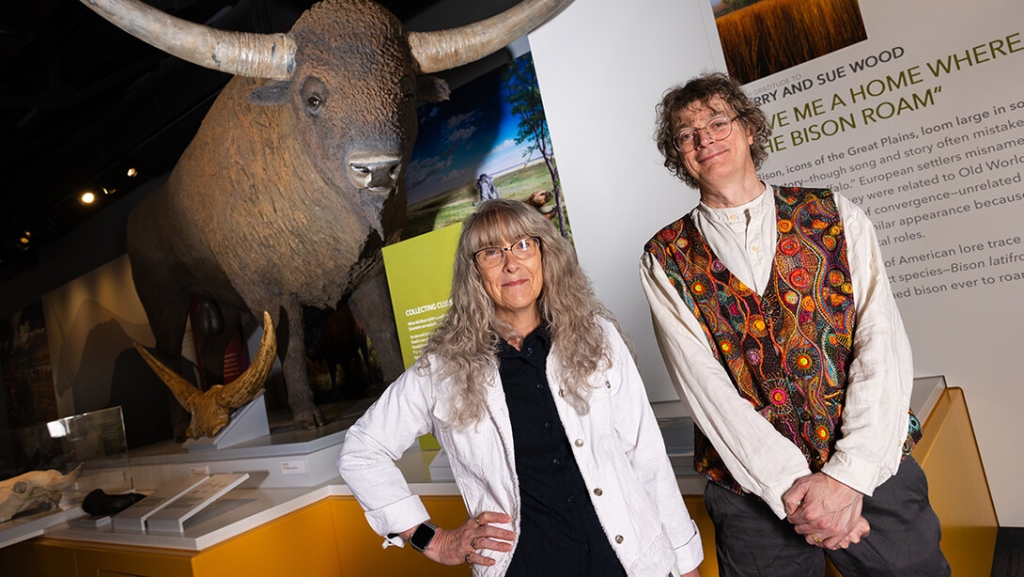
International team publishes framework for study of ‘Earth engineers’
Who: S. Kathleen Lyons, associate professor of biological sciences; Peter Wagner, professor of biological sciences and Earth and atmospheric sciences
What: Lyons led an international team in publishing a framework that aims to describe how organisms have altered global ecosystems and the climate across long periods of time. The framework, dubbed Earth system engineering, is an extension of ecosystem engineering, an approach that studies how organisms, often a single species, manipulate their local environment to improve their chances of survival. By contrast, Earth system engineering refers to biological processes that change the state of the entire planet over hundreds, thousands or millions of years. The authors compare past examples of Earth system engineering, such as the development of photosynthesis, to the Earth system engineering carried out by modern humans to examine whether humans are unique in their ability to mold the Earth to help them survive. The working group of researchers was established through a 2020 National Science Foundation Research Coordination Network Grant.
“The framework synthesizes information that people have been thinking about,” Lyons said. “Formalizing it and giving it a language is going to allow for an acceleration, I think, in people’s understanding of how the Earth is bio-engineered.”
Writer: Deann Gayman, University Communication and Marketing
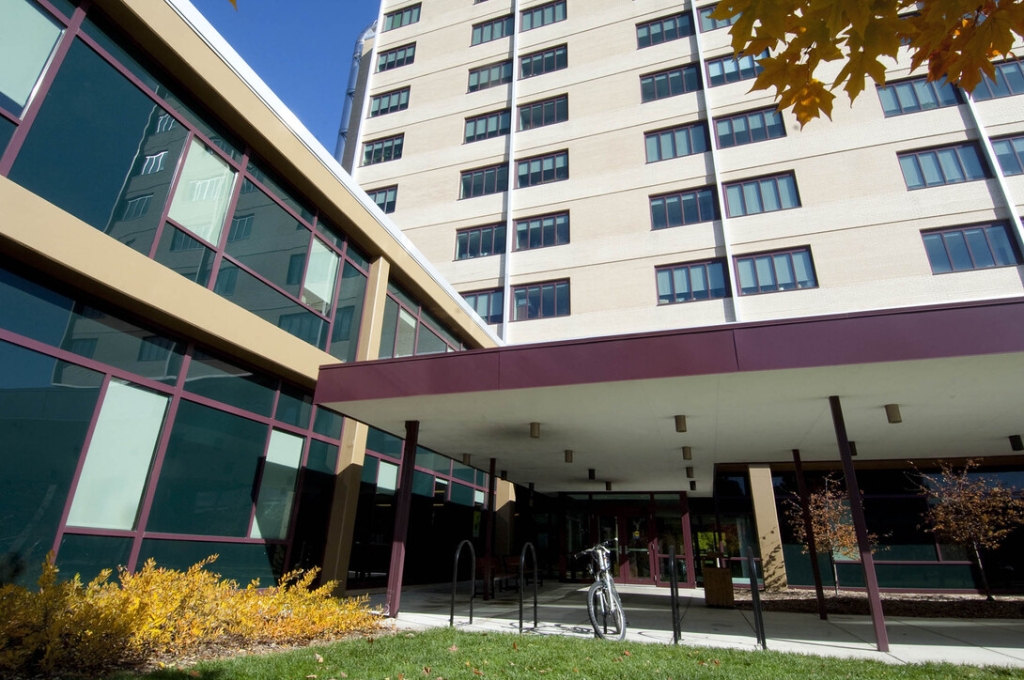
Nebraska scientists helping define ag resilience terms for national library
Who: Shana Sundstrom, program coordinator for the Network for Integrated Agricultural Resilience Research; Craig Allen, network director; Tala Awada, professor in the School of Natural Resources; Gwendŵr Meredith, assistant professor in the School of Natural Resources
What: A team of four Husker scientists, all part of the Network for Integrated Agricultural Resilience Research begun at Nebraska in 2021, are defining agricultural resilience and about 30 related terms and concepts for a dictionary that is part of the U.S. Department of Agriculture’s National Agricultural Library. The UNL researchers are collaborating with about 15 other scientists across North America to develop foundational resilience terminology for agriculture. Resilience terms were developed in the context of ecosystems, which lack the significant human interventions that are central to agricultural systems. Sundstrom leads the team’s work, which is about 75% complete and will culminate in a paper and a list of terms for the USDA to include in its online National Agricultural Library Thesaurus Concept Space.
“I’ve been a resilience scientist for decades now, and I found it frustrating to see the confusion regarding terminology and conceptual meaning as resilience has proliferated across fields,” Sundstrom said. “And so, I find the idea of creating a foundational terminology for agriculture to be extremely satisfying and, hopefully, extremely useful for other scientists who want to engage with these concepts and don’t know where to start because the literature is vast.”
Writer: Ronica Stromberg, School of Natural Resources
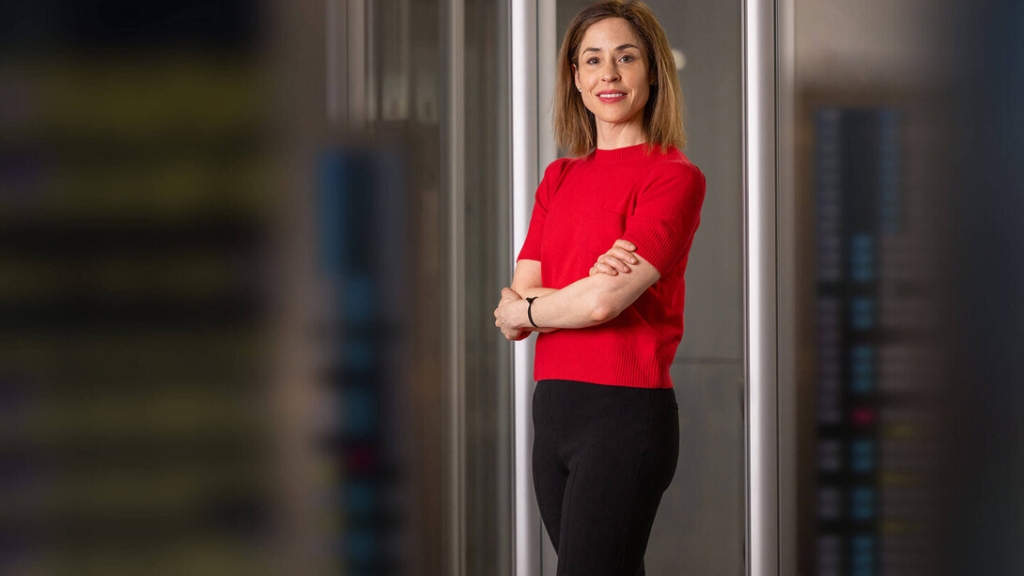
Zeide’s research highlights need for digital privacy laws
Who: Elana Zeide, assistant professor of law
What: Companies and institutions are constantly collecting personal data from consumers and students online – but where that data goes and how it is used is unclear. Zeide researches the implications of how that personal information is used and how laws can be strengthened to protect consumers’ and students’ digital privacy. Her recent publications focus on different facets of privacy law and the modern-day permanent record, including implications of online proctoring and gaps in current student and child privacy regulations.
“Everyone has seen those privacy policies and everyone, including me, just clicks ‘I agree,’” Zeide said. “My work says that is not enough, that we need to make sure that the information that’s being collected about us and is being used to shape our lives and that of our children, is used responsibly, is accurate and promotes equity and democracy, as opposed to degrading them.”
Writer: University Communication and Marketing
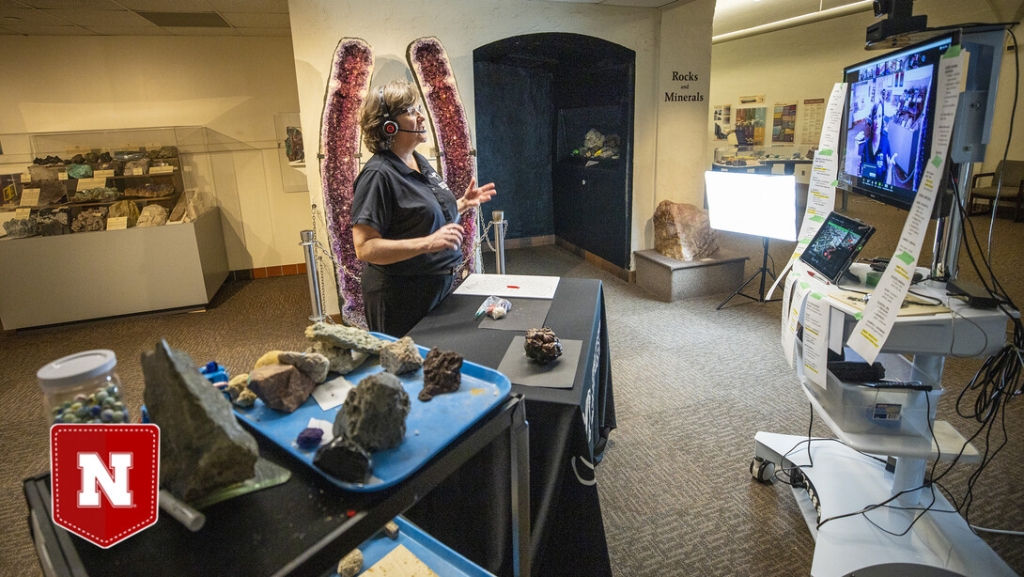
Internet usage during pandemic illuminated urban-rural digital divide
Who: Kristen Olson, Leland J. and Dorothy H. Olson Professor of sociology; Jolene Smyth, professor of sociology; Angelica Phillips, adjunct faculty in sociology; Rachel Stenger, former graduate research assistant at UNL
What: The team published a study in Rural Sociology exploring the urban-rural digital divide in the context of the COVID-19 pandemic. Though the differences in internet and broadband access between rural and urban areas are well documented, less is known about urban-rural internet usage differences. Olson’s team used late-2020 survey data to determine that rural residents were less likely to have internet access compared to their urban counterparts, and that rural residents were less likely to order food and groceries online, to stream movies or TV, or to use video conferencing for work and medical care, even after accounting for demographic and socioeconomic characteristics. This clearer picture of rural residents’ internet usage opens the door to understanding if and how the digital divide impacted health outcomes during the pandemic. The research also illuminates how narrowing the gap could lead to better public health outcomes in the future.
Writer: Deann Gayman, University Communication and Marketing





